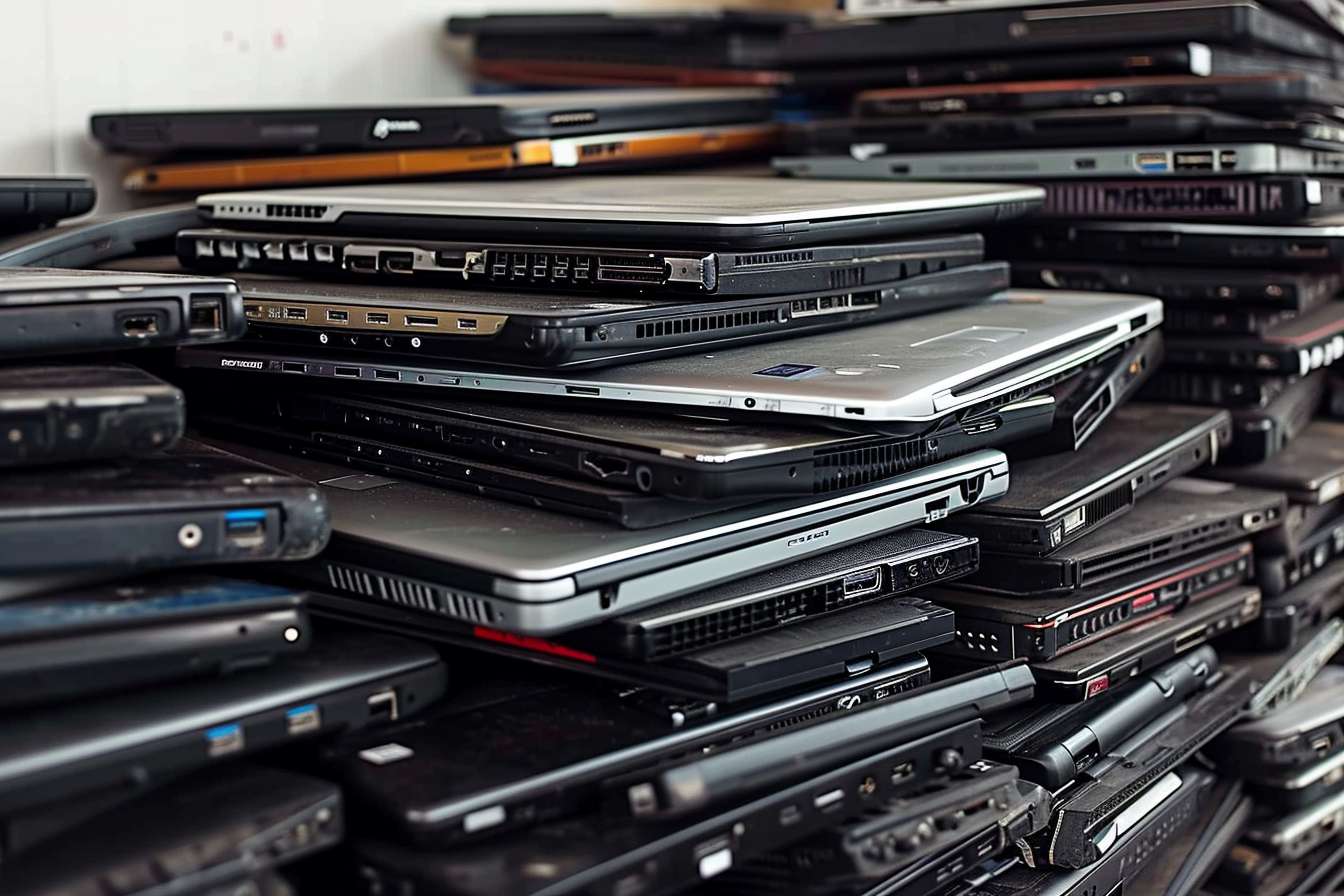E-Waste Mining: The Untapped Gold Rush in Your Old Electronics
The smartphone in your pocket, the laptop gathering dust in your drawer, the ancient MP3 player you forgot about—all contain precious metals worth more per pound than raw ore. As global e-waste mounts to record levels, an unconventional mining industry is emerging to harvest these valuable materials. Unlike traditional mining operations that destroy ecosystems, e-waste mining recovers valuable resources from our technological discards. This growing practice represents not just an environmental imperative but a significant economic opportunity that remains largely untapped despite its enormous potential.

The Urban Mine: What’s Really Inside Your Gadgets
Your discarded electronics constitute what industry experts call an “urban mine”—a concentrated source of valuable materials that rivals and sometimes exceeds the richness of natural deposits. A standard smartphone contains approximately 60 different elements, including gold, silver, copper, platinum, and palladium. In fact, one ton of smartphones contains about 300 times more gold than one ton of gold ore from a mine. Your average iPhone contains roughly $1.82 worth of gold, $0.12 of silver, and $0.12 of copper. While that might not sound like much individually, when multiplied across the millions of devices discarded annually, the figures become staggering.
Beyond precious metals, electronics contain critical rare earth elements like neodymium (used in magnets), indium (used in touchscreens), and tantalum (used in capacitors). These materials are increasingly scarce in natural deposits but abundant in our electronic waste. The United Nations estimates that the value of recoverable materials in global e-waste exceeds $62.5 billion annually—more than the GDP of many countries—yet less than 20% is formally recycled.
From Trash to Treasure: The Technical Challenge
Extracting valuable materials from e-waste presents significant technical challenges that traditional recycling methods cannot address. Modern electronics are designed for performance, not recyclability, making them difficult to disassemble and process. A typical circuit board might contain tiny amounts of over 60 different elements, all soldered or embedded together in complex configurations.
Current e-waste processing methods generally fall into two categories: mechanical separation and hydrometallurgical processing. Mechanical methods crush devices and use magnets, density separation, and other physical techniques to sort materials. Hydrometallurgical approaches use chemical solutions to dissolve and then selectively precipitate valuable metals. Both methods struggle with recovery efficiency—typically capturing only 30-40% of available precious metals.
Emerging technologies are addressing these shortcomings. Biometallurgy, using bacteria to extract metals, shows promise for more environmentally friendly processing. Meanwhile, companies like Apple have invested in specialized robots like “Daisy,” capable of disassembling 200 iPhones per hour for more efficient material recovery. The challenge remains developing systems that can handle the heterogeneous nature of e-waste streams while maintaining economic viability.
The Global E-Waste Economy: Following the Money
The economics of e-waste mining reveal a complex global system with both formal and informal sectors. In developed nations, collection is increasingly regulated but processing remains expensive. This has created a problematic flow of e-waste to developing countries where labor costs are lower but environmental and health regulations are often less stringent.
Countries like Ghana, India, and China have become major destinations for global e-waste. In Agbogbloshie, Ghana—once described as “digital dumping ground”—informal workers earn approximately $2-3 daily recovering metals, often using dangerous methods like burning plastic casings to access valuable components. The human cost is significant, with workers exposed to toxic chemicals including lead, mercury, and flame retardants.
The formal sector is growing, however. Companies like Umicore (Belgium) and Boliden (Sweden) have developed sophisticated smelting operations that can process e-waste with high recovery rates and minimal environmental impact. These operations typically charge processing fees rather than paying for the waste, creating a situation where proper recycling becomes a cost center rather than a revenue generator for collectors.
Corporate Pioneers: Companies Leading the Charge
Several technology companies are recognizing both the reputational and supply chain benefits of developing circular systems for their products. Apple’s recovery programs have extracted 61 million pounds of materials from old devices in 2020, including 2,204 pounds of gold—worth approximately $40 million at current prices. The company has committed to eventually manufacturing products using only recycled or renewable materials.
Dell’s closed-loop recycling program incorporates plastics recovered from old computers into new products, while Samsung has instituted a global e-waste collection initiative spanning 54 countries. These corporate programs are important but still capture only a fraction of devices sold, with most still ending up in drawers, landfills, or informal recycling channels.
Smaller startups are also entering the space with innovative approaches. Ronin8, a Canadian company, has developed a sonic separation technology that uses sound waves to separate metals from non-metals without chemicals. Meanwhile, BlueOak Resources has built what it calls “urban refineries” in the United States, designed specifically to process e-waste at scales that make economic sense domestically.
The Future: Mining Above Ground, Not Below
The future of resource extraction may increasingly look like mining our waste rather than the Earth. With natural ore grades declining worldwide and extraction becoming more energy-intensive, urban mining presents a compelling alternative. Research suggests that recovering gold from e-waste can be 13 times more energy-efficient than mining it from ore, with significantly lower carbon emissions.
Policy frameworks are evolving to support this transition. The European Union’s Waste Electrical and Electronic Equipment (WEEE) Directive requires manufacturers to finance end-of-life collection and treatment of electronics. Similar extended producer responsibility laws are spreading globally, shifting financial responsibility for recycling onto manufacturers and potentially creating incentives for more recyclable product designs.
The ultimate vision is a closed-loop system where materials cycle continuously through the economy, eliminating the concept of waste entirely. While technically challenging, such circular models represent perhaps the only sustainable path forward as global consumption of electronics continues to accelerate. The miners of tomorrow may not wear hard hats and work underground—they might instead be operating urban refineries, extracting treasure from what we once considered trash.





